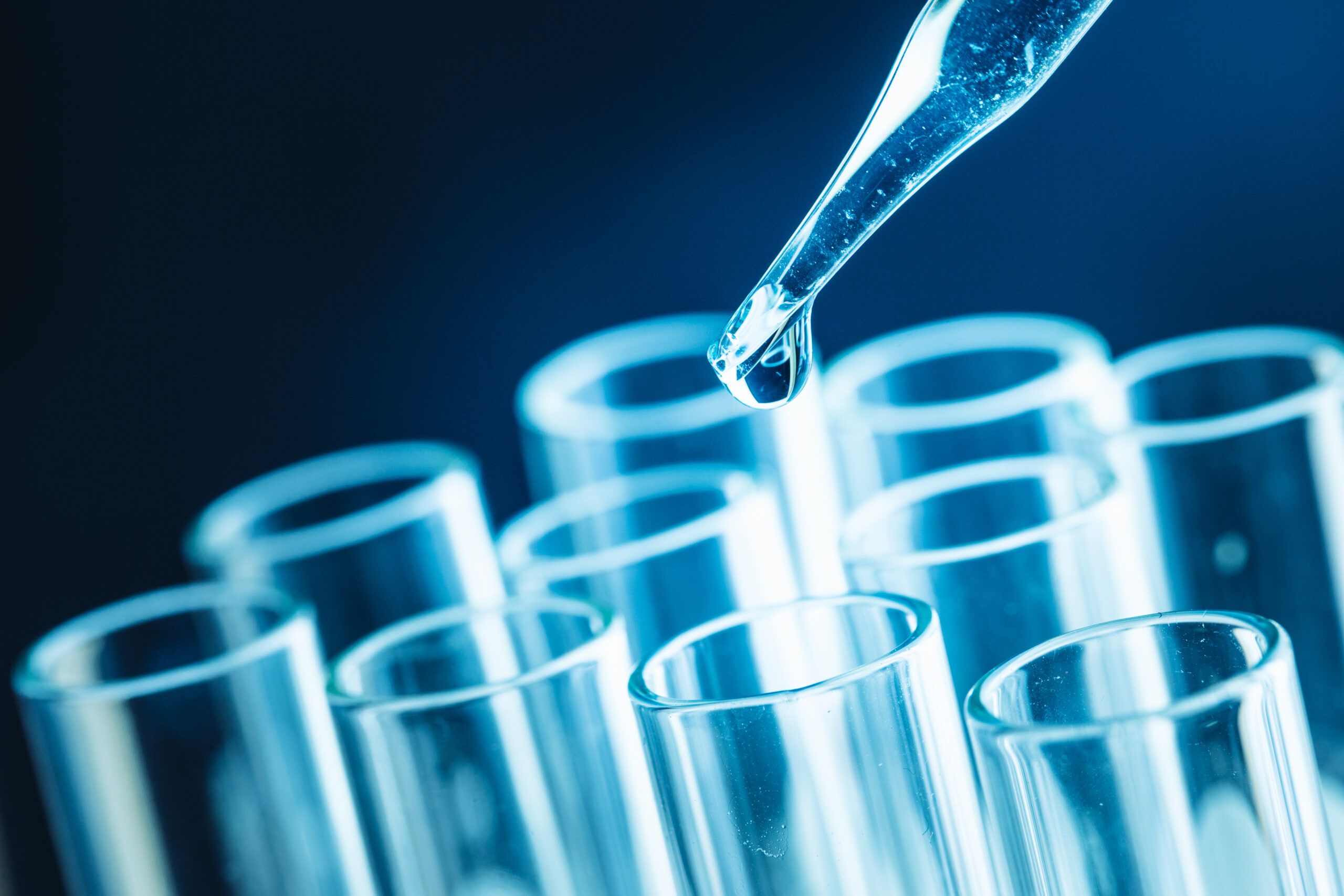Wageningen development biologists and German physicists mapped the various evolutionary paths bacteria take towards becoming resistant to antibiotics.
The researchers filled 24 large and 72 smaller test tubes with the E. coli bacteria and added nutrients and an antibiotic (a strain of penicillium). The bacteria colonies in the large test tubes were one hundred times larger than those in the smaller test tubes.
The bacteria started to divide, and the researchers measured the DNA mutations and their resistance against the penicillium strain. Their preliminary conclusion is that the smaller populations showed the same number of mutations as the larger populations. Still, the larger populations achieved a resistance level that was approximately ten times higher.
Point mutation
The researchers discovered that this is because the type of mutations differed between the large and small populations. The E. coli-bacteria have roughly two types of mutations that render them resistant to antibiotics, Arjan Visser, personal professor of Evolutionary Genetics, explains. The first type is point mutations, in which one letter in the bacteria’s DNA is altered. The second type is mutations, where parts of the DNA are removed or copied within the genome. The point mutations occurred mainly in the large populations. In contrast, the second type of mutation occurred mainly in the smaller populations. Point mutations are responsible for a much stronger adaptation to the antibiotic.
The German physicists with whom De Visser collaborates used machine learning to explain this difference. It showed that point mutations did not occur in the smaller populations, while they did occur, but only later, in the larger populations. Point mutations caused the bacteria to increase their growth speed under the influence of the antibiotic.
Cystitis
‘It is the first time that we see that point mutations offer bacteria more benefits, but they are slow to occur and only do so in larger populations’, De Visser states in the Nature Ecology & Evolution journal. The large populations contained some 200 million bacteria, while the small populations contained no more than 2 million. By way of comparison: human cystitis contains billions of bacteria. ‘We now have a better understanding of how bacteria adapt under the influence of antibiotics. This knowledge may prove useful in de field of medical science.’

 Photo Shutterstock
Photo Shutterstock 

